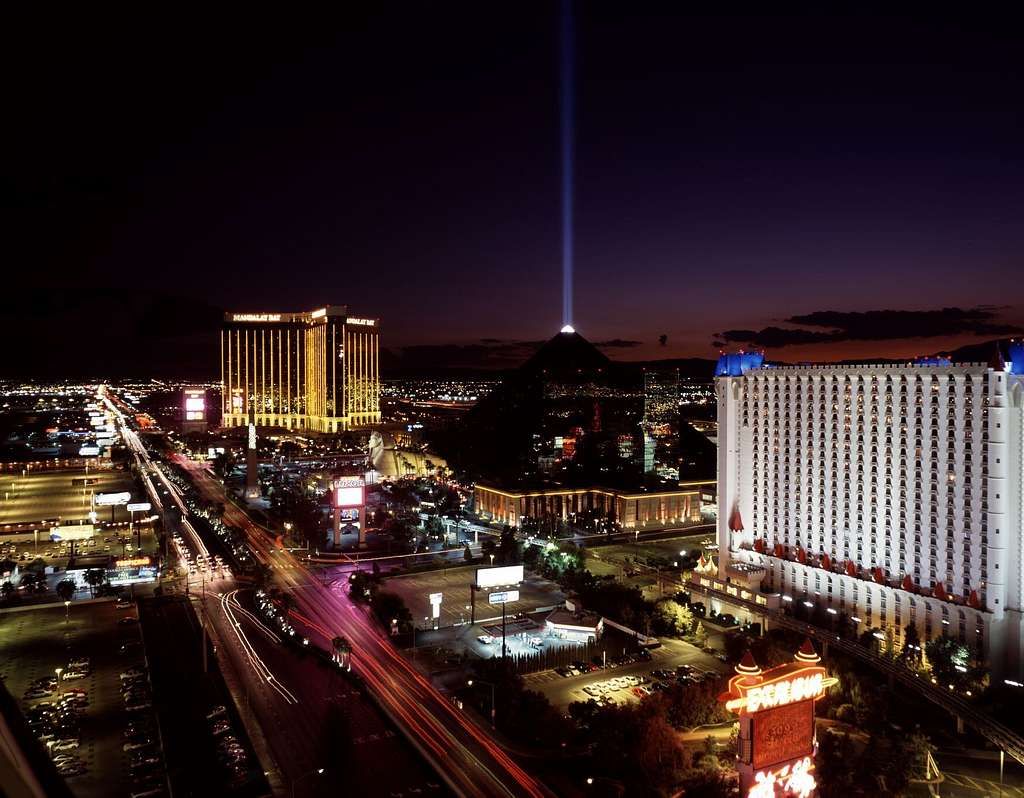
Vegas Pictures- Aerial Photographer. Photography has gained popularity, enabling photographers to capture striking images from distinctive viewpoints. In this writing, we will delve into photography in Las Vegas. From selecting the gear to capturing awe-inspiring shots and refining the results, we will offer guidance and suggestions for those looking to venture into aerial photography as a hobby or profession. This article aims to enhance your photography skills while exploring the city of Las Vegas.
Key Points to Remember
Capturing images from a bird ‘s-eye view through photography offers an angle enabling photographers to seize breathtaking shots from the sky.
Selecting the appropriate gear is essential for capturing photos in Las Vegas.
Planning a shoot requires thorough location research, obtaining the required permissions, and considering the weather conditions.
Capturing breathtaking aerial photos requires a grasp of composition techniques and camera settings to ensure your images are sharp and clear.
Enhancing the colors and contrast of photos through editing software and techniques can significantly improve their impact.
Introduction to Aerial Photography

What is Aerial Photography?
Aerial photography is the art of capturing images from a bird’s-eye view using drones or other aerial platforms. It allows me to see the world uniquely and capture stunning shots that are impossible from the ground. With aerial photography, I can showcase the beauty of landscapes, architecture, and events in a visually captivating way. Whether capturing the grandeur of a city skyline or the natural beauty of a landscape, aerial photography adds a new dimension to my work.
Benefits of Aerial Photography
Aerial photography offers a unique perspective that cannot be achieved from the ground. It allows me to capture stunning images and videos from above, offering a unique perspective on the subject. With aerial photography, I can highlight the property’s proximity to nearby towns, cities, or points of interest, which is crucial for buyers seeking a new location. Additionally, aerial photography is not limited to real estate. It can be used in various industries, such as construction, farming, and industrial inspection, where a bird’s-eye view is essential for analysis and documentation.
Applications of Aerial Photography
Aerial photography has a wide range of applications across various industries. It is used for monitoring shoreline position and mapping, real estate marketing, construction site analysis, agricultural monitoring, and more. The ability to capture high-resolution images from a bird’s-eye view provides valuable insights and data for decision-making. Aerial photography is beneficial when ground views are limited or inaccessible, such as during protests or incidents. With the advancements in drone technology, aerial photography has become more accessible and cost-effective for businesses and individuals alike.
Choosing the Right Equipment

Types of Aerial Photography Equipment
When it comes to aerial photography, having the right equipment is essential. A variety of equipment is available to cater to different needs and requirements. Some of the commonly used equipment includes:
- Quadcopters: These versatile drones are customizable and can be tailored to meet specific photography needs.
- 3D Mapping Drones: Equipped with thermal sensors, multispectral cameras, and RTK GPS receivers, these drones provide accurate aerial data for applications such as real estate surveying.
Choosing the equipment that best suits your photography goals and objectives is essential. Consider factors such as image quality, flight time, stability, and ease of use. Investing in high-quality equipment will ensure that you capture stunning aerial shots.
Factors to Consider When Choosing Equipment
Several factors should be considered when selecting aerial photography equipment. First and foremost, quality should be a top priority. Investing in high-quality equipment will ensure that you capture stunning, professional-looking aerial shots. Additionally, durability is essential, as aerial photography can be demanding and rigorous. You want equipment that can withstand the elements and the challenges of aerial shooting. Versatility is another factor to consider. Look for equipment that can be used in various settings and for different types of aerial photography. Finally, cost is always a consideration. Set a budget and find equipment that offers the best value for your money.
Recommended Equipment for Vegas Aerial Photography
Having the right equipment is essential when capturing stunning aerial shots in Vegas. A critical piece of equipment to consider is a high-quality drone. Look for a drone that offers stability, maneuverability, and a high-resolution camera for capturing clear and sharp images. Additionally, having extra batteries and memory cards is crucial to ensure you don’t miss any shots. Another essential piece of equipment is a remote controller, which allows you to control the drone’s movements and capture angles from different perspectives. Lastly, consider investing in a gimbal, which helps stabilize the camera and reduce vibrations for smoother footage.
Planning and Preparing for the Shoot

Researching the Location
When it comes to aerial photography, researching the location is crucial. It allows me to familiarize myself with the area and identify the best vantage points for capturing stunning shots. I start by studying maps and satellite images to get a landscape overview. This helps me plan my flight path and determine the most exciting features to photograph. Additionally, I research any landmarks or points of interest in the area, as they can serve as focal points in my compositions. Doing thorough research ensures I am well-prepared and maximizes my chances of capturing breathtaking aerial images.
Obtaining Necessary Permissions and Permits
When it comes to aerial photography, obtaining the necessary permissions and permits is crucial. From a first-person singular perspective, I understand the importance of adhering to the rules and regulations established by authorities. Researching and identifying the specific permits required for flying a drone or capturing aerial shots in Vegas is essential. This may include obtaining clearance from the Federal Aviation Administration (FAA) and local authorities. Additionally, respecting individuals’ privacy and property rights and obtaining any necessary consent before capturing images or videos is essential.
Weather Considerations for Aerial Photography
When it comes to aerial photography, weather plays a crucial role in determining the success of a shoot. Wind, precipitation, temperature, and low-light conditions are crucial factors that must be considered. Here are a few important considerations:
- Wind: Strong winds can make controlling the drone and capturing stable shots difficult. It’s essential to check the wind speed and direction before flying.
- Precipitation, including rain, snow, or fog, can affect visibility and damage equipment. It’s best to avoid flying in wet or misty conditions.
- Temperature: Extreme temperatures can affect the drone’s performance and battery life. It’s essential to ensure the drone operates within the recommended temperature range.
- Low-Light Conditions: Aerial photography at sunrise, sunset, or night requires special considerations. The camera settings must be adjusted, and additional lighting must be used.
When planning an aerial photography shoot, monitoring the weather forecast and making informed decisions based on the conditions is essential. Safety should always be the top priority.
Capturing Stunning Aerial Shots

Composition Techniques for Aerial Photography
Composition is crucial in creating visually appealing images when capturing stunning aerial shots. Here are some fundamental techniques to keep in mind:
- Rule of Thirds: Divide the frame into a grid of nine equal parts and place the main subject along the lines or at the intersections for a balanced composition.
- Leading Lines: Use natural or artificial lines in the landscape to guide the viewer’s eye toward the main subject.
- Symmetry and Patterns: Look for symmetrical elements or repetitive patterns in the scene to add visual interest.
- Framing: Utilize natural elements, such as trees or buildings, to frame the subject and create a sense of depth.
Remember, composition is subjective, so don’t be afraid to experiment and find your unique style.
Camera Settings for Aerial Photography
When capturing stunning aerial shots, the correct camera settings can make all the difference. Exposure is crucial, as it determines the amount of light that enters the camera. Adjusting the exposure can help you achieve the desired level of brightness and detail in your photos. Additionally, shutter speed plays a crucial role in aerial photography. A faster shutter speed can freeze motion and capture sharp images, while a slower shutter speed can create a sense of motion and produce a blurred effect. Experimenting with different settings is essential to find the perfect balance for your aerial shots.
Tips for Getting Sharp and Clear Images
When capturing sharp and clear images in aerial photography, there are several key factors to consider. First and foremost, ensuring your camera lens is clean is essential. Clean it carefully with a soft cloth or brush to remove any dust or smudges that could affect the clarity of your photos. Additionally, enabling image stabilization can help reduce camera shake and enhance the sharpness of your images. Another tip is to use a fast shutter speed to freeze motion and minimize blur. Experiment with different shutter speeds to find the optimal setting for capturing sharp aerial shots. Lastly, pay attention to the lighting conditions. Shooting during the golden hour, when the sun is low, can result in beautiful, well-lit images with enhanced clarity.
Editing and Enhancing Aerial Photos

Choosing the Right Editing Software
Several options are available when selecting the right editing software for aerial photos. One popular choice is Adobe Photoshop, which offers a wide range of editing tools and features. Another option is Lightroom, known for its powerful photo editing capabilities. Additionally, there are other software programs available such as GIMP and Capture One, that offer similar editing functionalities.
Suppose you’re looking for a more comprehensive editing solution. In that case, you may want to consider Adobe Creative Cloud, which offers access to Photoshop, Lightroom, and other creative tools. This can be an excellent option for photographers who want a comprehensive suite of editing software at their disposal.
Here is a table comparing some popular editing software options:
| Software | Features |
|---|---|
| Adobe Photoshop | Advanced editing tools, layer support |
| Lightroom | Non-destructive editing, photo organization |
| GIMP | Open-source, customizable editing software |
| Capture One | Professional-grade editing tools |
Remember, the choice of editing software ultimately depends on your preferences and editing needs. It’s essential to try out different software programs and see which one works best for you.
Basic Editing Techniques for Aerial Photos
A few essential techniques can significantly affect the final result when editing aerial photos.
1. Color Correction: Adjusting the colors of your aerial photos can help enhance the overall look and feel. Use editing software to fine-tune the exposure, contrast, saturation, and white balance to achieve the desired effect.
2. Cropping and Straightening: You may need to crop your aerial photos to remove unwanted elements or improve the composition. Straightening the horizon line can also create a more balanced and professional-looking image.
3. Sharpening: Aerial photos can sometimes appear slightly soft due to atmospheric conditions or camera settings. A subtle sharpening filter can help reveal the details and make the image appear crisper.
4. Removing Distractions: In aerial photography, distracting elements, such as power lines or buildings, may distract from the main subject. Use the cloning or healing tool in your editing software to remove these distractions and create a cleaner composition.
Remember, editing aerial photos enhances the scene’s natural beauty while maintaining a realistic look. Experiment with different techniques and find your editing style to make your aerial images stand out.
Enhancing Colors and Contrast
A few techniques can make a big difference in enhancing colors and contrast in aerial photos. One important tip is to use the saturation tool in your editing software to bring out the vibrant colors in the image. By increasing the saturation, you can make the colors pop and create a more visually appealing photo. Another technique is to adjust the image’s contrast. Increasing the contrast can add depth and definition to the photo, making it more dynamic. Experiment with different saturation and contrast levels to find the perfect balance for your aerial shots.
In addition to these techniques, here are a few more tips for enhancing colors and contrast in aerial photos:
- White balance: Adjusting the white balance can help correct any color casts in the image and ensure accurate colors.
- Selective editing: Use selective editing tools to target specific areas of the photo and make adjustments only where needed.
- Graduated filters can be used to darken or lighten specific areas of a photo, thereby enhancing contrast.
Remember, the goal is to enhance the colors and contrast of your aerial photos while maintaining a natural and realistic look. Don’t overedit; always keep the original image in mind.
Showcasing and Sharing Your Work

Creating an Aerial Photography Portfolio
Creating a portfolio is an essential step for any aerial photographer. It lets you showcase your best work and attract potential clients or collaborators. When creating your portfolio, keep the following tips in mind:
- Select a variety of aerial shots that demonstrate your skills and creativity.
- Organize your portfolio in a visually appealing and easy-to-navigate manner.
- Include a brief description or caption highlighting each photo’s location or unique features.
- Update your portfolio regularly to showcase your latest work.
Having a well-curated and professional portfolio can make a significant impact on your career as an aerial photographer.
Using Social Media to Promote Your Work
As an aerial photographer, social media can be a powerful tool for promoting and showcasing your work. It allows you to reach a broad audience and connect with potential clients and fellow photographers. Here are some strategies to effectively use social media to promote your aerial photography:
- Create a captivating online portfolio: Showcase your best aerial shots on platforms like Instagram, Facebook, or a personal website. Utilize high-quality images and engaging captions to capture the attention of your viewers.
- Engage with your audience: Respond promptly to comments, messages, and inquiries. Interact with other photographers and aerial photography enthusiasts by liking and commenting on their posts. Building relationships and a robust online presence can lead to collaborations and new opportunities.
- Use relevant hashtags: Research and use popular hashtags related to aerial photography and your location. This will help your posts reach a wider audience and increase visibility.
- Share behind-the-scenes content: Take your audience behind the scenes of your aerial photography adventures. Share stories, videos, and insights about your process and experiences. This personal touch can make your work more relatable and exciting.
- Collaborate with influencers: Partnering with influencers or popular social media accounts in the photography or travel niche can expose your work to a larger audience. Look for opportunities to collaborate on projects or feature your work on their platforms.
Consistency and quality are essential when using social media to promote aerial photography. Post new content regularly, engage with your audience, and showcase your unique style and perspective.
Collaborating with Other Photographers
Collaborating with other photographers can significantly expand your skills and network in the aerial photography industry. Working with others allows you to learn new techniques, gain different perspectives, and collaborate on projects. Here are a few ways to collaborate with other photographers:
- Join photography groups or clubs: Joining local photography groups or clubs can provide opportunities to meet and connect with other photographers who share your passion for aerial photography.
- Attend photography workshops or conferences: Attending workshops or conferences focused on aerial photography can enhance your skills and allow you to meet and collaborate with other photographers.
- Organize photography outings: Plan outings with other photographers to explore new locations and capture aerial shots together.
Collaborating with other photographers can improve your photography skills and open doors to new opportunities and friendships in the industry.
Showcasing and Sharing Your Work is essential to establishing your presence in the drone services industry. At Best Drone Services For Photography and Videography in Las Vegas, we understand the importance of presenting your work in the best possible way. Our team of experienced professionals is dedicated to capturing stunning aerial photographs and videos that will leave a lasting impression on your audience. Whether you are a real estate agent looking to showcase properties or a filmmaker needing breathtaking aerial shots, we have the expertise and equipment to meet your needs. With our state-of-the-art drones and advanced camera technology, we can capture high-quality images and videos that will elevate your projects to new heights. Don’t miss the chance to impress your clients and stand out. Contact us today at Las Vegas Sky View, and let us take your work to the next level.
Conclusion
In conclusion, aerial photography in Las Vegas provides a unique perspective that enables us to view the city in a new light. With the help of drone services like Sky View Las Vegas, capturing stunning images and videos has never been easier. Whether for real estate, events, or simply capturing the beauty of the Las Vegas Strip, aerial photography provides a fresh and captivating way to showcase the Entertainment Capital of the World. So, next time you’re in Las Vegas, don’t forget to look up and appreciate the breathtaking views from above.
Frequently Asked Questions
What is aerial photography?
Aerial photography captures images from an elevated perspective, typically from an aircraft or drone.
What are the benefits of aerial photography?
Aerial photography offers a unique perspective, allowing for the capture of large areas, provides detailed and high-resolution images, and is helpful in various industries, such as real estate, construction, and tourism.
What are the applications of aerial photography?
Aerial photography is utilized in various industries, including real estate, construction, land surveying, environmental monitoring, filmmaking, and advertising.
What types of aerial photography equipment are available?
Various types of aerial photography equipment include drones, helicopters, and airplanes. Drones are the most popular choice due to their affordability and versatility.
What factors should be considered when choosing aerial photography equipment?
When choosing aerial photography equipment, consider factors such as budget, camera quality, flight time, stability, and payload capacity.
What are some recommended pieces of equipment for aerial photography in Las Vegas?
For aerial photography in Vegas, it is recommended to use a high-quality drone with a stabilized camera, GPS capabilities, and obstacle avoidance features.
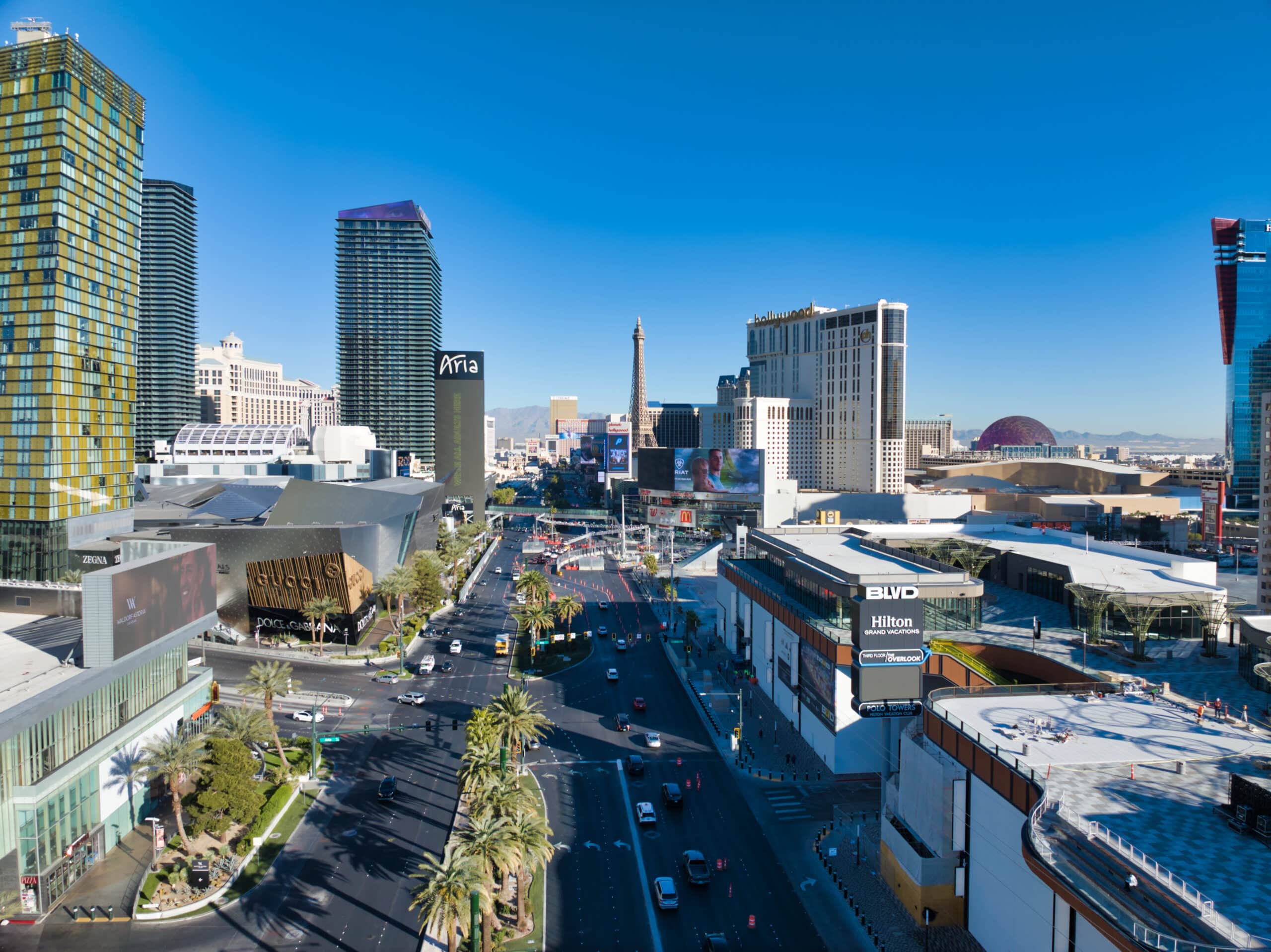
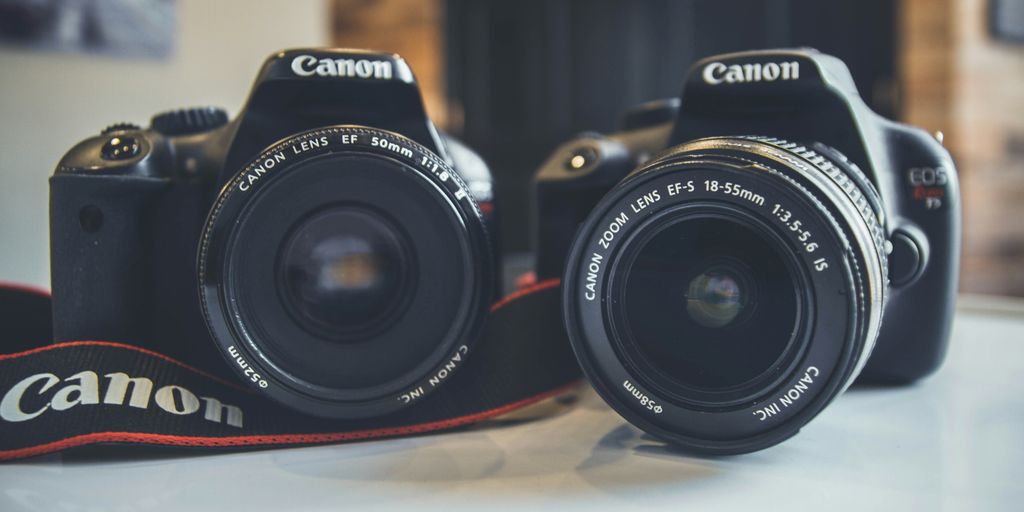
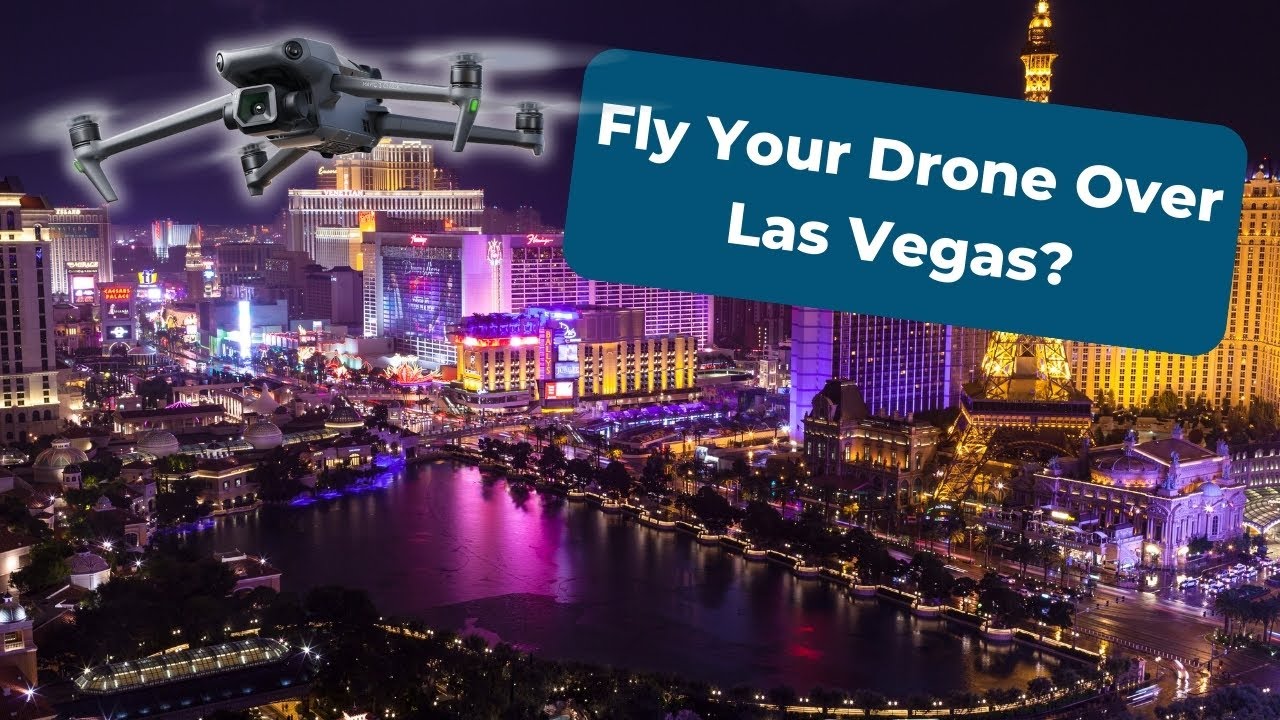
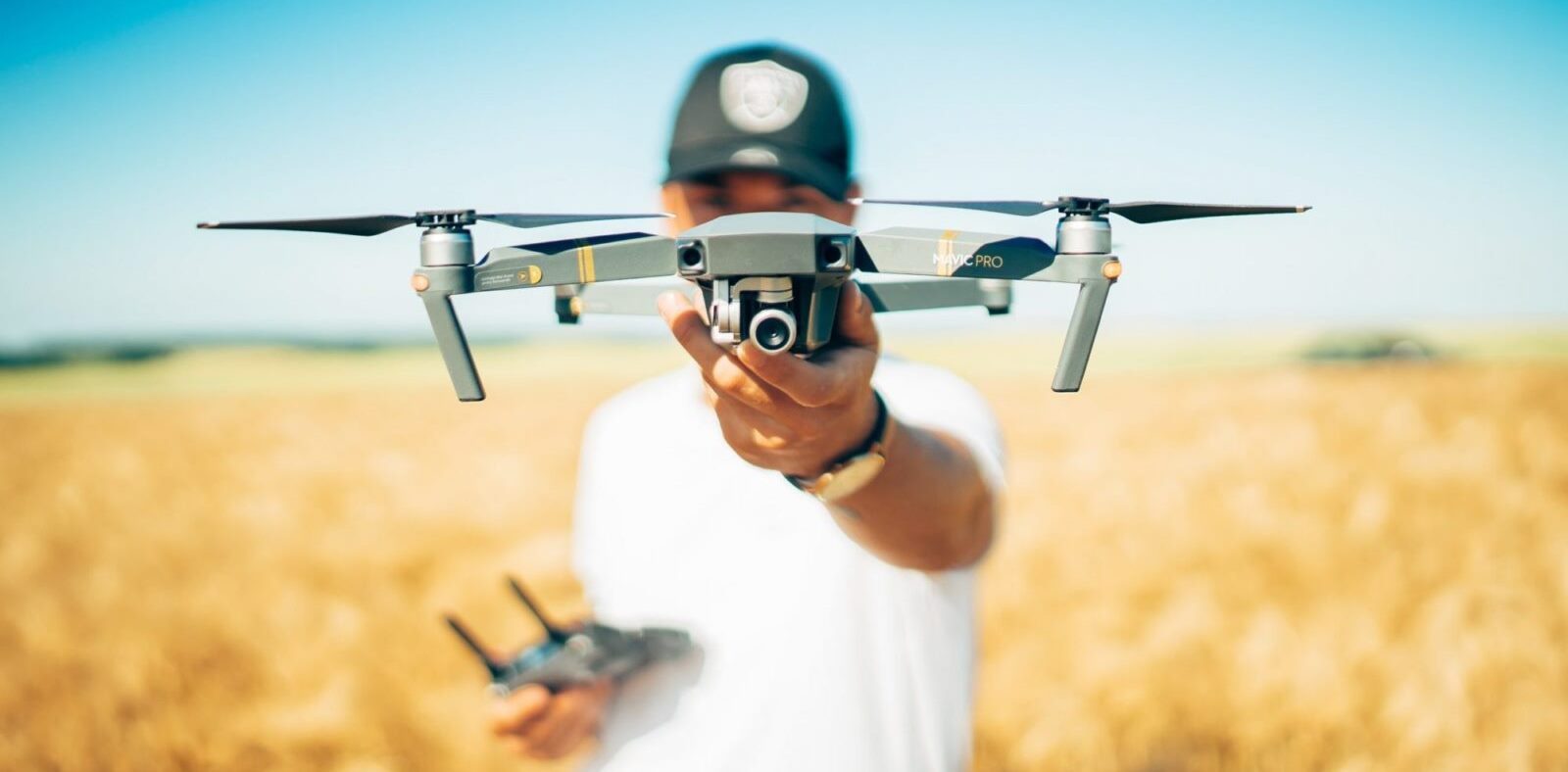
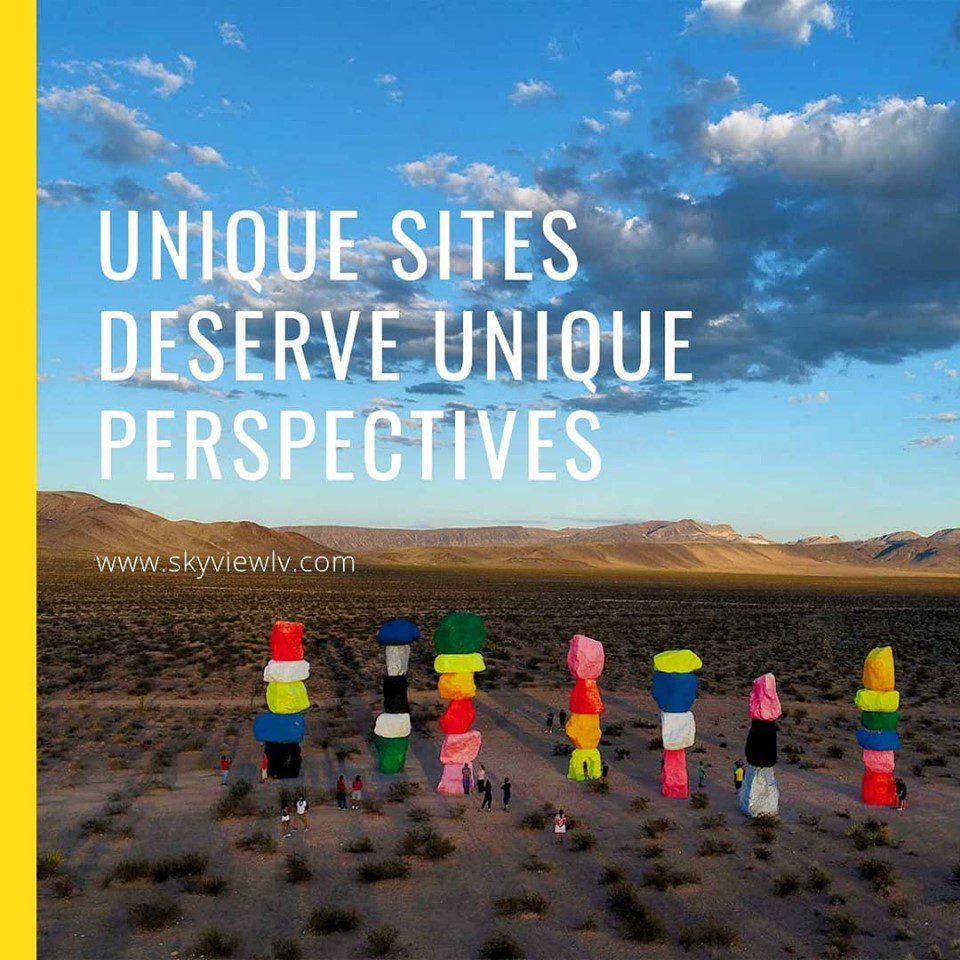
Comments are closed.